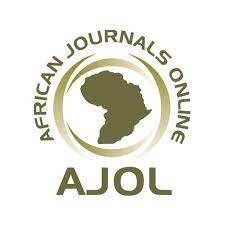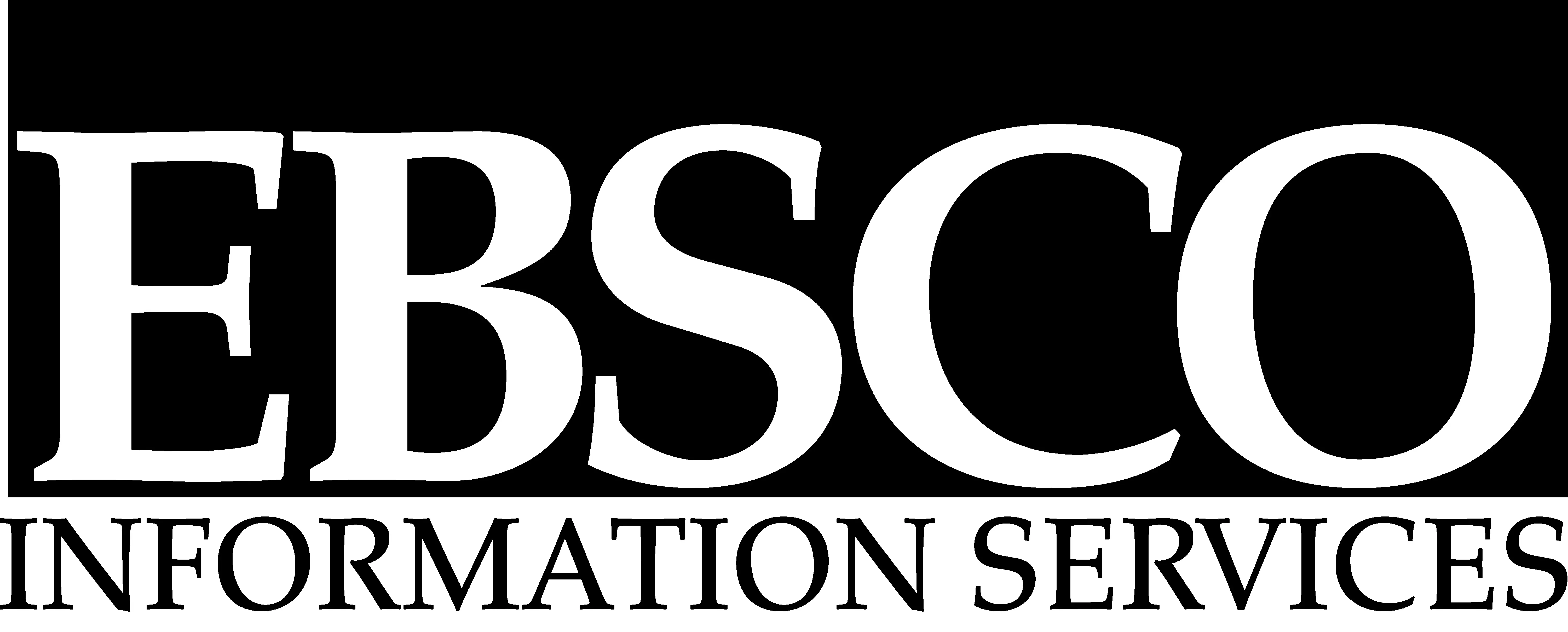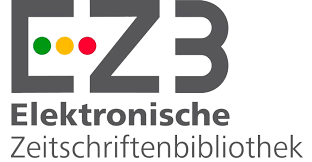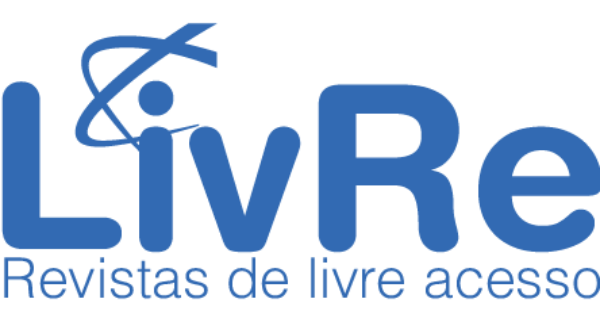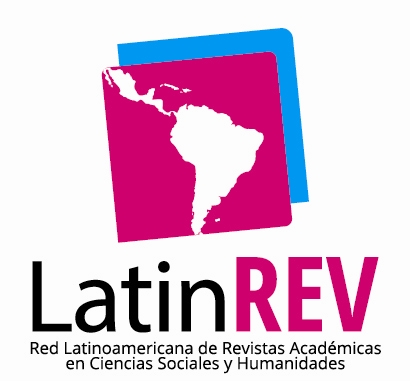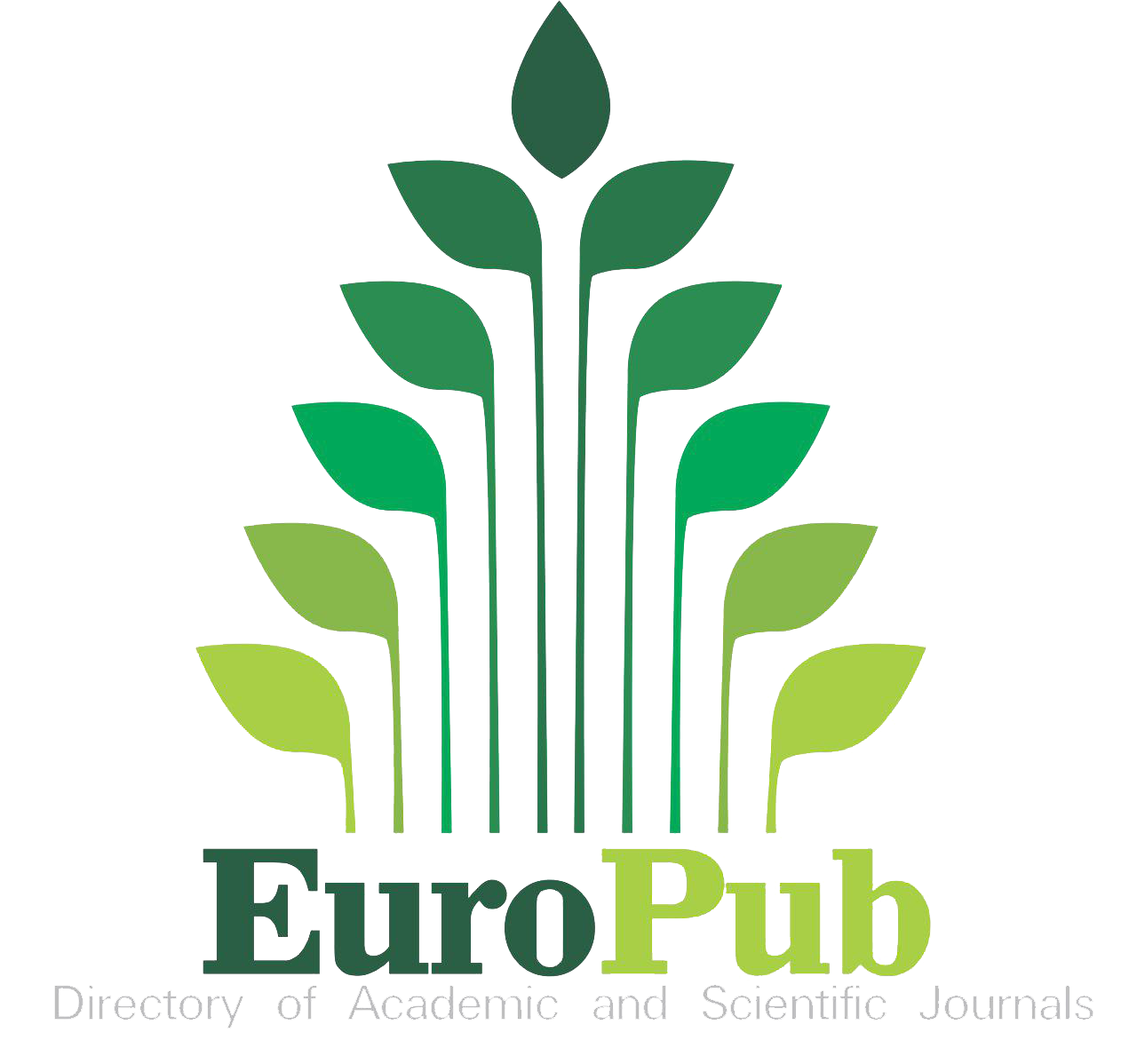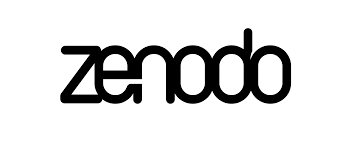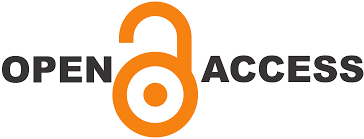Teacher Burnout in Upper Secondary Education: Occupational and Psychosocial Variables. A Case Study in Mexico.
DOI:
https://doi.org/10.54580/R0702.06Keywords:
Burnout Syndrome, Economic and Social Development, Teachers' Employment Conditions, Education, Educational Systems and LevelsAbstract
This study analyzes the relationship between teacher burnout syndrome and various sociodemographic and occupational variables at the upper secondary education level in Zacatecas, Mexico. A non-experimental, cross-sectional, and descriptive-correlational design with a quantitative approach was adopted. The sample consisted of 111 teachers from the CECYTEZ and EMSaD subsystems, selected through non-probabilistic convenience sampling, according to inclusion criteria (active teachers with at least one year of experience and signed informed consent) and exclusion criteria (administrative or managerial personnel). This sampling choice responded to institutional accessibility and population availability, allowing the identification of consistent patterns despite limitations for generalization. The Pearson’s Chi-square test was applied to examine associations between burnout dimensions and the variables gender, academic degree, employment type, seniority, and academic program, incorporating 95% confidence intervals and effect sizes (Cramer’s V). After the Bonferroni correction (adjusted α = .01), a significant association between gender and burnout was found (χ²(1, N = 111) = 7.508, p = .006; V = 0.26, 95% CI [0.08, 0.43]), indicating higher emotional exhaustion among women and greater depersonalization among men. Other variables were not statistically significant but showed moderate practical effects. Findings reveal a structural, multicausal pattern linking personal and occupational factors, suggesting that teacher burnout arises from the interplay of institutional conditions, job stability, and gender. This study provides empirical evidence to support policies promoting teacher well-being and emotional literacy, in alignment with the humanistic framework of the New Mexican School.
Downloads
References
Ato, M., López, J. y Benavente, A. (2013). Un sistema de clasificación de los diseños de investigación en psicología. Anales de Psicología, 29(3), 1038–1059. https://doi.org/10.6018/analesps.29.3.178511 DOI: https://doi.org/10.6018/analesps.29.3.178511
Bakker, A., Demerouti, E., y Verbeke, W. (2004). Using the Job Demands–Resources model to predict burnout and performance. Human Resource Management, 43(1), 83–104. DOI: https://doi.org/10.1002/hrm.20004
Bakker, A., y Demerouti, E. (2007). The Job Demands–Resources model: State of the art. Journal of Managerial Psychology, 22(3), 309–328. https://doi.org/10.1108/02683940710733115 DOI: https://doi.org/10.1108/02683940710733115
Baldeón, M., Janampa, L., Rivera, J., y Santivañez, L., (2023). Síndrome de burnout: Una revisión sistemática en Hispanoamérica. LATAM Revista Latinoamericana de Ciencias Sociales y Humanidades, Asunción, Paraguay. 4(1), p. 1809. https://doi.org/10.56712/latam.v4i1.378 DOI: https://doi.org/10.56712/latam.v4i1.378
Cárdenas, M., Méndez, L. y González, M. (2014). Desempeño, estrés, Burnout y variables personales de los docentes universitarios. EDUCERE, 18(60), 289-302. https://doi.org/10.15517/aie.v14i1.13210 DOI: https://doi.org/10.15517/aie.v14i1.13210
Castilla, S., Colihuil, R., Bruneau, J., y Lagos, R. (2021). Carga laboral y efectos en la calidad de vida de docentes universitarios y de enseñanza media. Revista de Ciencias Sociales y Humanidades, (15), 166-179. https://dialnet.unirioja.es/servlet/articulo?codigo=8272581 DOI: https://doi.org/10.37135/chk.002.15.11
Colegio de Estudios Científicos y Tecnológicos de Zacatecas [CECyTEZ], (2021-2023). Anteproyecto Contrato Colectivo de Trabajo SITSECyTEZEMSaD https://www.sitcecytezemsad.com/documentos/proyectodeCCT2021-2023.pdf
Demerouti, E., Bakker, A., Nachreiner, F., y Schaufeli, W. (2001). The Job Demands-Resources model of burnout. Journal of Applied Psychology, 86(3), 499–512 DOI: https://doi.org/10.1037//0021-9010.86.3.499
El Sahili G. (2010). Psicología para el docente: consideraciones sobre los riesgos y desafíos de la práctica magisterial: Universidad de Guanajuato.
Etikan, I., Musa, S. y Alkassim, R. (2016). Comparación del muestreo por conveniencia y el muestreo intencional. Revista Americana de Estadística Teórica y Aplicada, 5(1), 1–4. https://doi.org/10.11648/j.ajtas.20160501.11 DOI: https://doi.org/10.11648/j.ajtas.20160501.11
Fidalgo, M. (2005). Métodos de Mantel-Haenszel. Wiley Online Library. https://doi.org/10.1002/0470013192.bsa364 DOI: https://doi.org/10.1002/0470013192.bsa364
Field, A. (2018). Discovering Statistics Using IBM SPSS Statistics (5th ed.): SAGE Publications.
Freudenberger, J. (1974). Staff burnout. Journal of Social Issues, 30(1), 159-165. DOI: https://doi.org/10.1111/j.1540-4560.1974.tb00706.x
Fuertes, C., Aranda, G., y Arroyo, M. (2016). Comunicación y mindfulness como prevención del burnout. Anales del Sistema Sanitario de Navarra, 39(2), 331-333. https://recyt.fecyt.es/index.php/ASSN/article/view/52004/31772 DOI: https://doi.org/10.23938/ASSN.0256
Gallardo-López, J. A., López-Noguero, F. y Gallardo-Vázquez, P. (2019). Análisis del síndrome de burnout en docentes de educación infantil, primaria y secundaria para su prevención y tratamiento. Revista Electrónica Educare (Educare Electronic Journal), 23(2), 1-20. https://doi.org/10.15359/ree.23-2.17 DOI: https://doi.org/10.15359/ree.23-2.17
Gil-Monte, P. R. (2005). El síndrome de quemarse por el trabajo (burnout) Una Enfermedad Laboral en la Sociedad del Bienestar Madrid: Pirámide.
Gil-Monte, P. R. (2012). El síndrome de quemarse por el trabajo (burnout) en profesionales de la educación: una revisión. Revista de Psicodidáctica, 17(1), 139-157.
González, G. (2015). Síndrome de Burnout en docentes universitarios. Revista Cubana De Enfermería, 31(4). http://scielo.sld.cu/scielo.php?script=sci_arttext&pid=S0864-03192015000400005
Hernández-Sampieri, R. y Mendoza, C. (2018). Metodología de la investigación: Las rutas cuantitativas, cualitativas y mixta. McGraw-Hill.
https://www.isonderhouden.nl/doc/pdf/arnoldbakker/articles/articles_arnold_bakker_109.pdf
https://www.researchgate.net/publication/11920243_The_Job_Demands-Resources_Model_of_Burnout
Langher, V., Caputo, A., y Ricci, M.E. (2017). The potential role of perceived support for reduction of special education teachers’ burnout. International Journal of Educational Psychology, 6(2), 120-147. http://dx.doi.org/10.17583/ijep.2017.2126 DOI: https://doi.org/10.17583/ijep.2017.2126
Lincoln, Y. S. y Guba, E. G. (1985). Investigación naturalista. Salvia.
Mameli, C. y Molinari, L. (2017). Prácticas interactivas de enseñanza y burnout: un estudio sobre profesores italianos. Revista Europea de Psicología de la Educación 32(2), https://doi.org/10.1007/s10212-016-0291-z DOI: https://doi.org/10.1007/s10212-016-0291-z
Maslach, C., Jackson, S. E., y Leiter, M. P. (1996). Maslach Burnout Inventory Manual (3.ª ed.). Consulting Psychologists Press.
Maslach, C., y Jackson, S. E. (1981). The measurement of experienced Burnout. Journal of Occupational Behavior, 2(2), 99-113. https://onlinelibrary.wiley.com/doi/10.1002/job.4030020205 DOI: https://doi.org/10.1002/job.4030020205
Maslach, C., y Leiter, M. P. (2017). The Truth About Burnout: How Organizations Cause Personal Stress and What to Do About It. Jossey-Bass.
Otzen, T. y Manterola, C. (2017). Técnicas de muestreo sobre una población a estudio. Revista Internacional de Morfología, 35(1), 227–232. https://doi.org/10.4067/S0717-95022017000100037 DOI: https://doi.org/10.4067/S0717-95022017000100037
Romero, V., Núñez, J. C., Freire, C. y Ferradás, M. M. (2023). Funcionamiento psicológico adaptativo y burnout en docentes: implicaciones sobre los procesos instruccionales. Psychology, Society & Education, 15(1),1-10. https://www.researchgate.net/publication/369726180_Funcionamiento_psicologico_adaptativo_y_burnout_en_docentes_implicaciones_sobre_los_procesos_instruccionales DOI: https://doi.org/10.21071/pse.v15i1.15345
Schaufeli, W. B. y Bakker, A. B. (2004). Job demands, job resources, and their relationship with Burnout and engagement: A multi-sample study. Journal of Organizational Behavior, 25(3), 293-315. https://www.wilmarschaufeli.nl/publications/Schaufeli/209.pdf DOI: https://doi.org/10.1002/job.248
Schaufeli, W. B., Leiter, M. P., y Maslach, C. (2009). Burnout: 35 years of research and practice. Career Development International, 14(3), 204–220. https://doi.org/10.1108/13620430910966406 DOI: https://doi.org/10.1108/13620430910966406
Schaufeli, W. B., y Greenglass, E. R. (2001). Introduction to special issue on burnout and health. Psychology & Health, 16(5), 501–510. http://dx.doi.org/10.1080/08870440108405523 DOI: https://doi.org/10.1080/08870440108405523
Secretaría de Educación Pública y Subsecretaría de Educación Media Superior. (2019). Coordinación Nacional del Servicio Profesional Docente. Perfil, Parámetros e Indicadores para el ingreso a las funciones Docentes y Técnico Docentes en la Educación Media Superior. Gobierno de México.
Secretaría de Educación Pública y Subsecretaría de Educación Media Superior. (2022). La Nueva Escuela Mexicana: principios y orientaciones pedagógicas. Subsecretaría Educación Media Superior. Gobierno de México. https://dfa.edomex.gob.mx/sites/dfa.edomex.gob.mx/files/files/NEM%20principios%20y%20orientacio%C3%ADn%20pedago%C3%ADgica.pdf
Secretaría de Educación Pública. (2020). Clic para Docentes Educación Media Superior. Gobierno de México.
Villagrán, S. (2022). Análisis de organizaciones estructurales y factores de riesgo psicosocial: NOM-035 –STPS. En Villagrán, S., Vasconcelos, M., y Padilla, R. (Coords.), Factores de riesgo psicosocial (págs. 13-25). Editorial LEED del Laboratorio de Evaluación y Educación Digital https://leededitorial.com.mx/wp-content/uploads/2024/09/Factores-de-riesgo-psicosocial_Tomo-1.pdf DOI: https://doi.org/10.22402/ed.leed.978.607.98835.4.6
Villagrán, S. y Jasso, D. (2024). Síndrome de Burnout. Bienestar docente, un reto en la educación contemporánea en Gutiérrez, N.(Coord.), Lineamientos, problemáticas y desafíos de la educación contemporánea en México (1 ed., Vol. 1, pp. 225-248). Editorial © Paradoja Editores
Downloads
Published
Issue
Section
License

This work is licensed under a Creative Commons Attribution-NonCommercial-ShareAlike 4.0 International License.


